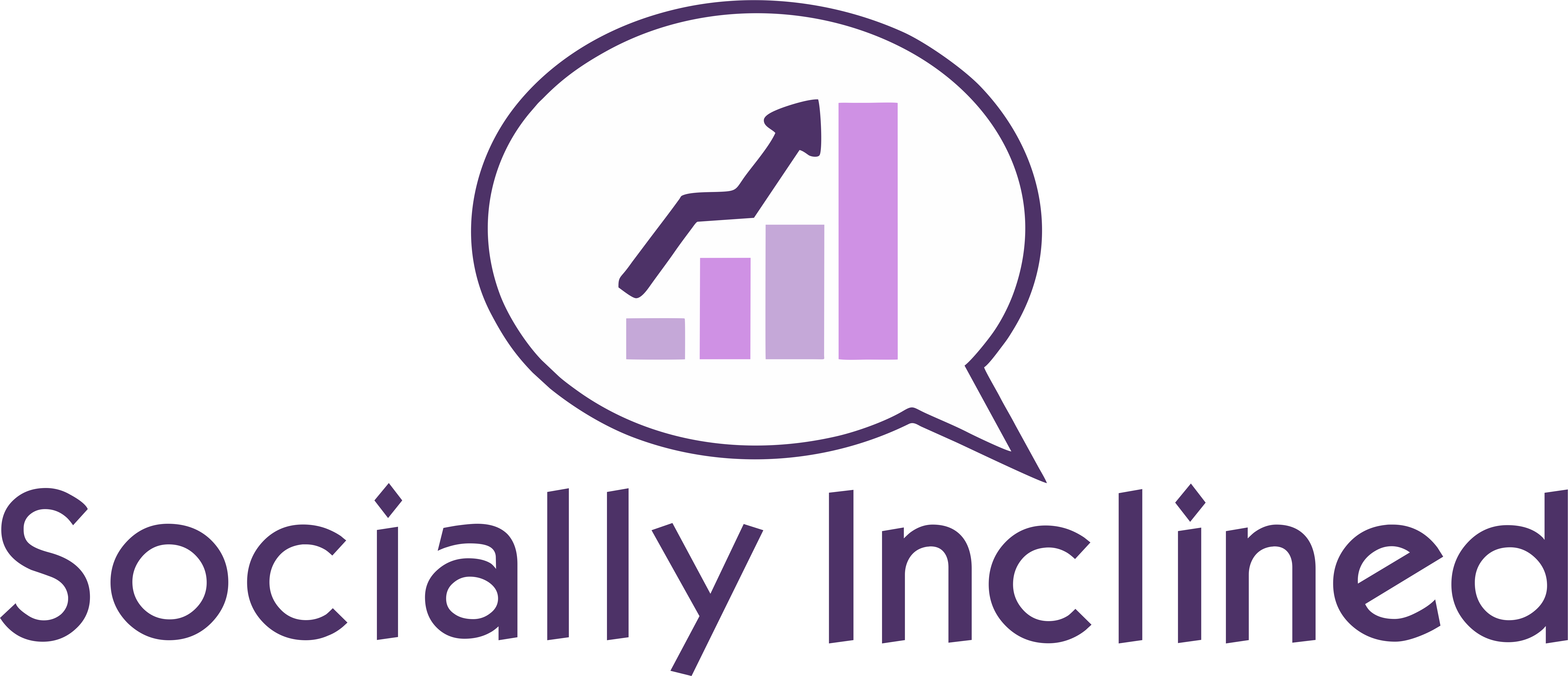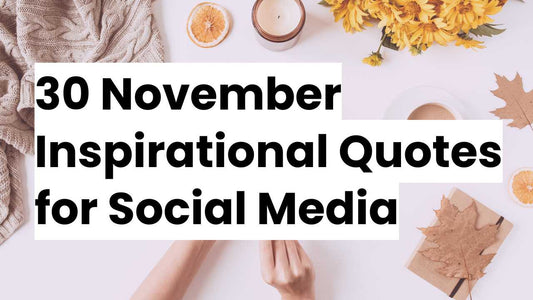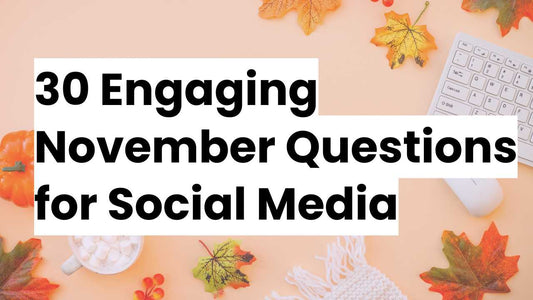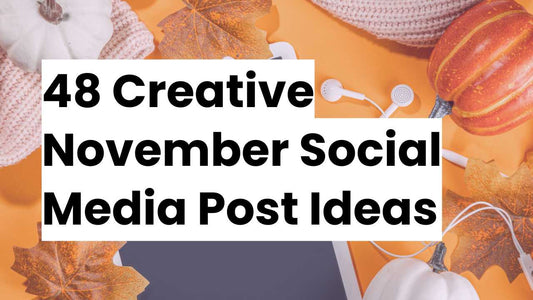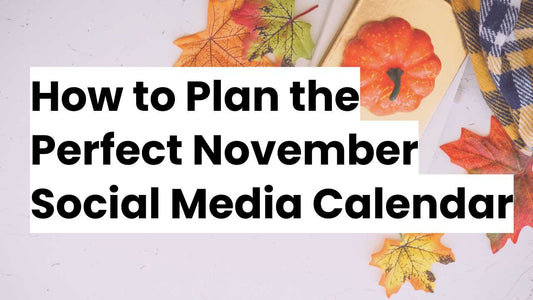Attracting new customers is the most important marketing goal you can have. That’s what you’d think based on the way a lot of people approach marketing.
But is that the correct approach? Is your time (and money) well spent if you focus on attracting new customers?
Brace yourself, because the opposite is true. You’ll get the biggest bang for your marketing buck if you make retaining existing customers a priority.
That doesn’t mean that attracting new customers is a waste of time. But it does mean that your long-term goals might be suffering as a result of your current marketing strategy.
With that in mind, let’s talk about how to calculate the value of a lifetime customer. How much is it worth to hang on to one customer?
The Cost of Acquiring New Customers
You’ve probably heard the statistics about the cost of acquiring a new customer compared to the cost of retaining an existing one – but they bear repeating.
Research shows that it costs five times as much to get a new customer to make a purchase as it does to build loyalty with the customers you already have.
Why is new customer acquisition so expensive? It makes sense if you think about it. For example:
- Consumers require, as a rule, 7 to 10 “touches” from a brand before they’ll make a purchase
- Only a small percentage of the people who see your ads or social media posts will make a purchase
That explains it, doesn’t it? You must work hard to attract a new customer. It’s expensive. Wouldn’t you rather put your money to work keeping the customers you have?
Loyalty Drives Sales
What happens when a customer makes a purchase from you? It turns out there are some psychological quirks that kick in that make it more likely they’ll buy from you again.
- The Sunk Cost Fallacy tells us that once we’ve spent money on something, it must be a good thing. We’re more likely to give money to the same source because it reinforces our belief that we made the right decision the first time around.
- Choice-Supportive Bias is what makes us more comfortable buying familiar things than unfamiliar ones. Our reasons for buying something might not be rational, but we’d rather stick with a product we’ve already tried than choosing a new one. Think of it as “the devil you know” in action.
- In-Group Favoritism is a cognitive bias that Apple used quite effectively to create a feeling of camaraderie and superiority among their customers. In other words, identifying with the Apple brand was something that made their customers feel special – and that increased their loyalty to the brand.
The takeaway here is that one-time customers want to become repeat customers. There’s a human inclination to be loyal and to repeat behavior, and that’s one of the reasons that it’s less expensive to keep a customer than to attract a new one.
What Your Customers Are Worth
How much is a lifetime customer worth? As you might expect, the specific answers can vary. One loyal customer might spend ten times as much as another. But that said, there are some statistics that can show you the average lifetime value of a single customer.
The initial conversion rate for any potential customer is very low – usually between 3% and 5%. However, the conversion rate goes way up when we’re talking about repeat customers.
- A one-time customer has a 27% chance of making a repeat purchase
- A two-time customer has a 45% chance of making a third purchase
- A three-time customer has a 54% chance of making a fourth purchase
Let’s talk about what that means in practical terms. If a prospective customer has only a 3% chance of converting, it means that 97 out of 100 prospects are costing you money that you have no chance of recovering. Pretty grim, right?
But those 3 customers who do convert are nine times as likely to make a purchase as any new customer would be. Just like that, your conversion rate skyrocketed!
As you can see above, the numbers continue to increase over time. That’s due in part to repeat customers having a comfort level with your products, as we discussed above.
Now, let’s use some hard numbers to get an idea of what a lifelong customer might be worth to you. Let’s say that you spend $1,000 a year on marketing to new customers, and a year, you attract 100 new customers. That means that your cost per customer acquisition is $10.00.
That number might seem high, but you can’t understand your acquisition cost without including the average purchase made by customers and the likelihood that they’ll buy from you repeatedly.
If your product sells for $20.00 with a 100% mark-up, and you spend 25% of your profits on overhead, you’re looking at an initial return of $7.50 per customer. In other words, you’ve earned back 75% of what you spent to acquire that customer.
Now, let’s look at what happens if that customer buys from you repeatedly, assuming all prices, mark-ups, and overhead stays the same:
- If they buy from you twice, you’ll have earned back 150% of what you spent
- At three times, your ROI goes up to 225%
- At four times, it increases to 300%
As you can see, each additional purchase puts you further into the black with that customer. If yours is the type of product that people buy every month or even once a year, it’s easy to see why you would want to retain that customer for as long as possible. Even if you spend a little money on email marketing or loyalty programs to help retain them, it’s still more cost-effective than it is to find new customers.
Conclusion
Attracting new customers might feel more exciting than retaining old ones, but you’ve got to ask what’s more important to you: the thrill of attracting a new buyer, or the money that comes with retaining an existing one. Personally, we’ll take the money.
